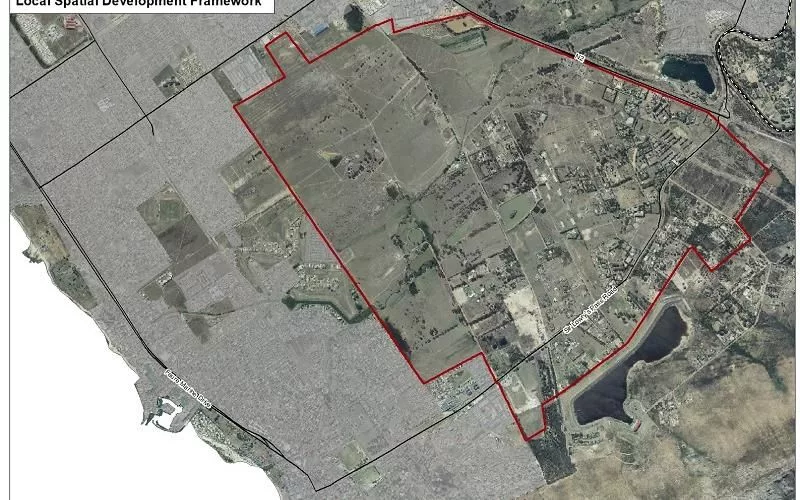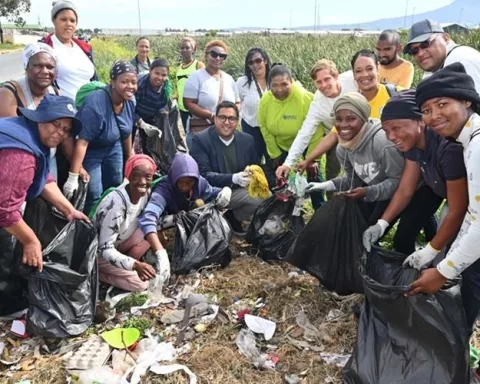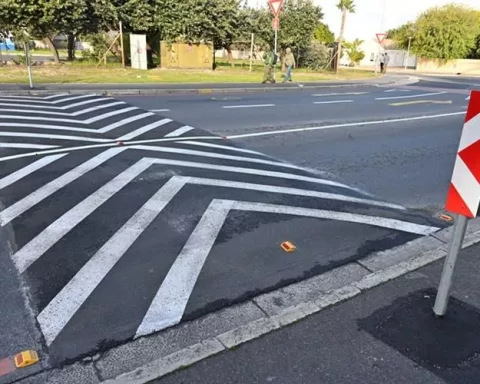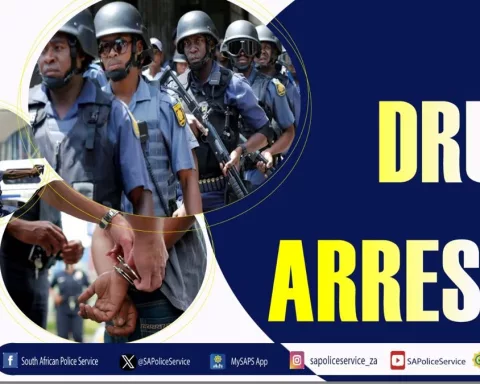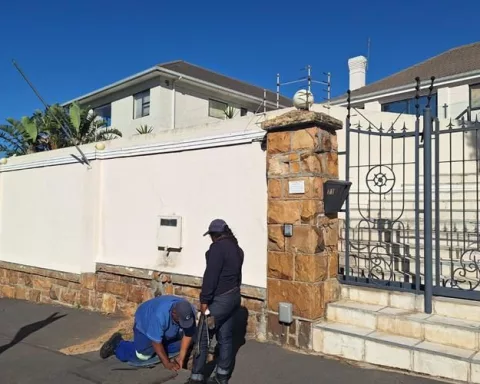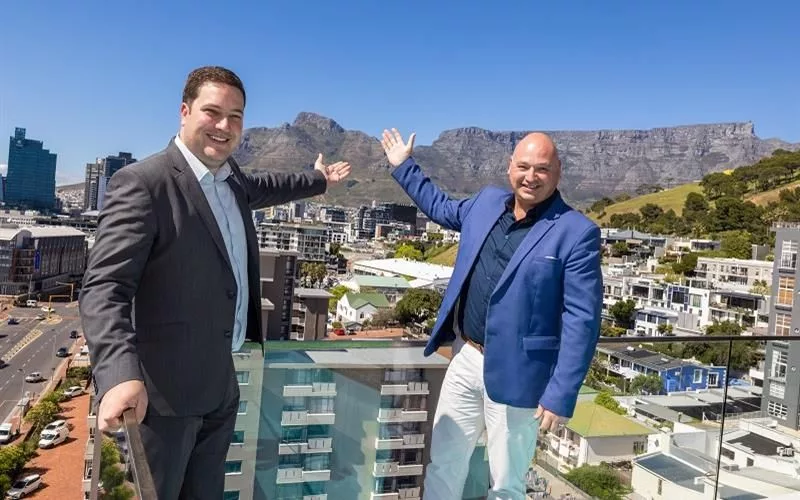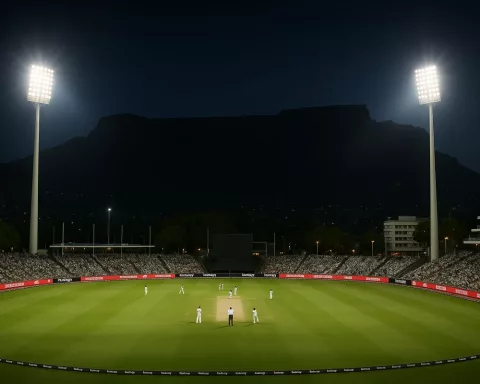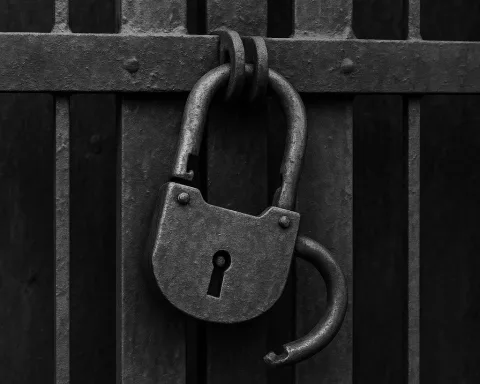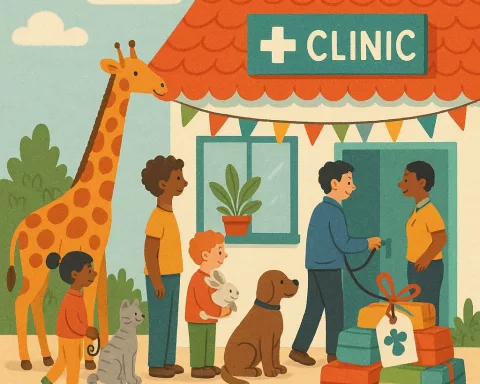Cape Town’s neighborhood blueprint for the Gordon’s Bay Development Area is a community-centric framework that prioritizes citizen participation and transparency in urban planning. The city has created a public engagement strategy and is soliciting feedback and proposals from local residents and business owners on the local spatial development framework. The LSDF will shape the neighborhood’s future development while balancing sustainable growth and preserving the area’s unique characteristics. The city’s inclusive approach is a shining example of civic participation and could potentially serve as a global model.
What is Cape Town’s Neighborhood Blueprint for Gordon’s Bay Development Area?
The City of Cape Town has introduced a community-centric framework for the Gordon’s Bay Development Area (GBDA), highlighting the importance of citizen participation and transparency. The city has created a public engagement strategy to collect feedback and proposals from local residents and business owners on the local spatial development framework. The LSDF will shape the neighborhood’s future development and ambiance while balancing sustainable growth and preserving the area’s unique characteristics. The LSDF will be finalized post examination and incorporation of the public’s suggestions.
A Community-centric Framework
As a stellar illustration of civic participation and urban planning, the City of Cape Town has been gaining attention with the rollout of its preliminary neighborhood blueprint for the Gordon’s Bay Development Area (GBDA). This substantial undertaking, nestled in the Helderberg District, comprises one of the city’s most expansive tracts of undeveloped territory, brimming with vast opportunities for environment-friendly growth and infrastructure enhancement.
With an unwavering dedication to transparency and citizen participation, the city has set forth a public engagement strategy. Initiated in the final part of January 2024, this strategy represents a thoughtful attempt by the city to solicit feedback, evaluations, and proposals on the draft Local Spatial Development Framework (LSDF) from residents, business proprietors, and the local community. The public has until the 22nd of March 2024 to make submissions, a two-month period that signifies the city’s generosity.
Involving Residents in Future Shaping
The upcoming open house sessions, scheduled for the following month, are an integral aspect of this inclusive methodology. It’s a tactical maneuver designed to collect input and actively engage residents in crafting the future of their neighborhood. This progressive approach guarantees a more profound understanding of the city’s creation of a local spatial development framework among its residents, whilst also affording them the opportunity to influence that process.
The City’s Deputy Mayor and Mayoral Committee Member for Spatial Planning and Environment, Alderman Eddie Andrews, ardently urges those residing near the GBDA to participate in formulating the developmental vision. He recognizes and appreciates that local inhabitants possess firsthand knowledge of the area, rendering their insights invaluable.
Crafting the Vision
The LSDF transcends a basic blue print of the area’s evolution. It constitutes the essence of the vision that gradually shapes the neighborhood. It assists the city in making informed decisions regarding land utilization and development applications. In essence, the LSDF dictates the future appearance and ambiance of the neighborhood.
The LSDF for Gordon’s Bay Development Area will be founded on the spatial advancement guidelines delineated in the Helderberg District Spatial Development Framework. This overarching blueprint caters to the larger Helderberg area and will be reinforced and expanded upon by the GBDA’s LSDF.
Alderman Andrews underscores the vital equilibrium between development and sustainability. While the city must address population growth requirements, it needs to do so in a manner that conserves the distinctive traits of the area. The prime objective is a sustainable LSDF that cooperates with residents while preserving the natural environment and directing future decisions related to land utilization and development.
Finalizing the Blueprint
Post examination and incorporation of the public’s suggestions, the draft LSDF will be completed and subsequently submitted for council approval. The city is partnering with residents and stakeholders to finalize the draft LSDF, ensuring a wide range of views and perspectives are considered and integrated into the plan.
The City of Cape Town encourages feedback via multiple platforms. Suggestions can be submitted online via the City’s Have-your-Say page, directed through email, or even reviewed and discussed at the Subcouncil 8 office and Gordon’s Bay library.
In conclusion, the neighborhood layout for the Gordon’s Bay Development Area represents a vigorous effort by the City of Cape Town to promote community advancement and development. The city aims to strike a balance between urban development and environmental sustainability, valuing the ideas and viewpoints of its residents and stakeholders. It is a shining exemplification of the democratic ethos of civic administration, an endeavor that could potentially serve as a global model.
What is the Local Spatial Development Framework (LSDF)?
The Local Spatial Development Framework (LSDF) is a community-centric framework developed by the City of Cape Town for the Gordon’s Bay Development Area. The LSDF will shape the neighborhood’s future development and ambiance while balancing sustainable growth and preserving the area’s unique characteristics. It constitutes the essence of the vision that gradually shapes the neighborhood and assists the city in making informed decisions regarding land utilization and development applications.
Why is community participation important in the LSDF development?
Community participation is important in the LSDF development as it ensures that the plan reflects the needs and preferences of the local residents and business owners. The City of Cape Town has introduced a public engagement strategy to collect feedback and proposals from the community on the LSDF. The city aims to strike a balance between urban development and environmental sustainability, valuing the ideas and viewpoints of its residents and stakeholders.
What is the Helderberg District Spatial Development Framework?
The Helderberg District Spatial Development Framework is an overarching blueprint that caters to the larger Helderberg area. The LSDF for the Gordon’s Bay Development Area will be founded on the spatial advancement guidelines delineated in the Helderberg District Spatial Development Framework. It will be reinforced and expanded upon by the GBDA’s LSDF.
What is the role of the City’s Deputy Mayor and Mayoral Committee Member for Spatial Planning and Environment in the LSDF development?
The City’s Deputy Mayor and Mayoral Committee Member for Spatial Planning and Environment, Alderman Eddie Andrews, is responsible for overseeing the LSDF development. He underscores the vital equilibrium between development and sustainability. While the city must address population growth requirements, it needs to do so in a manner that conserves the distinctive traits of the area. The prime objective is a sustainable LSDF that cooperates with residents while preserving the natural environment and directing future decisions related to land utilization and development.
How can residents participate in the LSDF development?
Residents can participate in the LSDF development by submitting their feedback and proposals through multiple platforms. Suggestions can be submitted online via the City’s Have-your-Say page, directed through email, or even reviewed and discussed at the Subcouncil 8 office and Gordon’s Bay library. The upcoming open house sessions are also an integral aspect of this inclusive methodology designed to collect input and actively engage residents in crafting the future of their neighborhood.
When will the LSDF be finalized?
The draft LSDF will be completed and subsequently submitted for council approval post examination and incorporation of the public’s suggestions. The City of Cape Town is partnering with residents and stakeholders to finalize the draft LSDF, ensuring a wide range of views and perspectives are considered and integrated into the plan. The public has until the 22nd of March 2024 to make submissions.

